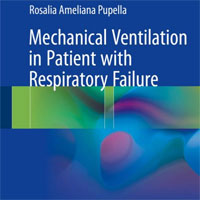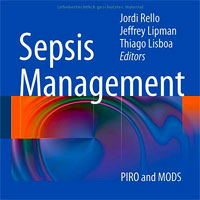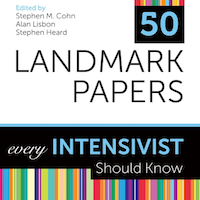Tag: mechanical ventilation
Facemask vs. Helmet – Noninvasive Ventilation
We use Noninvasive ventilation (NIV) to treat various disease processes, such as acute hypercapnic and hypoxemic respiratory failure, post-extubation failure, and neuromuscular diseases. Data supports NIV use in some conditions,... read more

Effectiveness of Therapeutic Heparin vs. Prophylactic Heparin on COVID-19 Patients
In moderately ill patients with covid-19 and increased D-dimer levels admitted to hospital wards, therapeutic heparin was not significantly associated with a reduction in the primary outcome but the odds of death at 28 days... read more
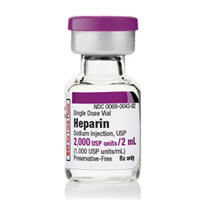
Weaning Methods From Mechanical Ventilation in Adult Patients
In general consideration, our study provided evidence that weaning with proportional assist ventilation has a high probability of being the most effective ventilation mode for patients with mechanical ventilation regarding... read more
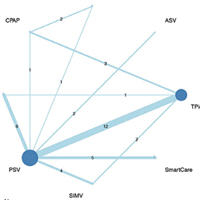
The Unsung Heroes: Respiratory Therapists
Working day after day, year after year, in a busy high acuity ICU, we all have become a "second family." The public doesn't hear much about respiratory therapists, especially during this COVID nightmare. But they have... read more
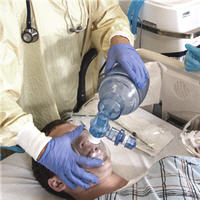
Mechanically Ventilated COVID-19 Patients: Long-term Survival Study
The long-term survival of mechanically ventilated patients with severe COVID-19 reaches more than 50% and may help to provide individualized risk stratification and potential treatments. 868 patients were included (median... read more
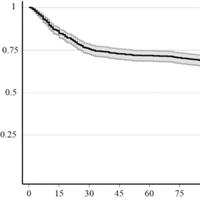
Impact on Mental, Physical and Cognitive functioning of a Critical care sTay during the COVID-19 pandemic
The ongoing pandemic could affect the duration, variety and severity of the mental, physical, and cognitive impairments intensive care unit (ICU) survivors and their families frequently present. We aim to determine the impact... read more
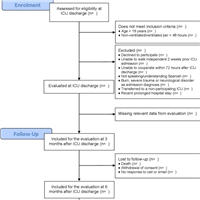
Carbapenem Antibiotics for the Empiric Treatment of Nosocomial Pneumonia
Carbapenem-based empiric regimens were associated with lower mortality rates compared with non-carbapenems, largely driven by trials of ventilator-associated pneumonia (VAP). The mortality effect was not observed in trials... read more

Brain–lung Interactions and Mechanical Ventilation in Patients with Isolated Brain Injury
During the last decade, experimental and clinical studies have demonstrated that isolated acute brain injury (ABI) may cause severe dysfunction of peripheral extracranial organs and systems. Of all potential target organs... read more
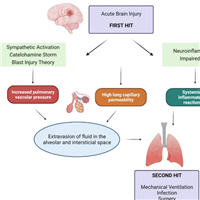
Longitudinal Respiratory Subphenotypes in COVID-19 Patients with ARDS
COVID-19-related ARDS has no consistent respiratory subphenotype. Patients diverged from a fairly homogenous to a more heterogeneous population, with trajectories of ventilatory ratio and mechanical power being the most discriminatory.... read more
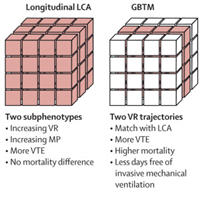
Validation of RSBI Displayed by the Ventilator vs. Standard Technique in Patients with Readiness for Weaning
The ventilator significantly overestimates the RSBI value compared to the standard technique by Wright spirometer. The average RSBI vent value among 5 time points (0, 15, 30, 45, and 60 s) was found to best correlate with... read more
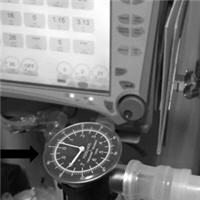
COVID-19 and Anticoagulation: Full Dose or Prophylactic Dose?
In CRITICALLY ILL patients with COVID-19, an initial strategy of therapeutic-dose anticoagulation is not associated with a greater probability of survival to hospital discharge or a greater number of days free of cardiovascular... read more
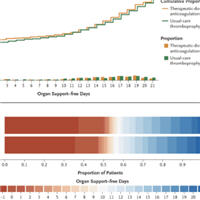
Balanced Solution vs. 0.9% Saline Solution Fluid Treatment in Critically Ill Patients
Among critically ill patients requiring fluid challenges, use of a balanced solution compared with 0.9% saline solution did not significantly reduce 90-day mortality. The findings do not support the use of this balanced... read more
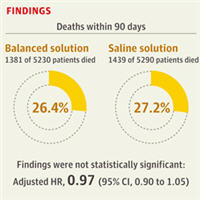
Continuous Pneumatic Regulation of Tracheal Cuff Pressure to Decrease VAP in Mechanically Ventilated Patients
Continuous regulation of cuff pressure of the tracheal tube using a pneumatic device was not superior to routine care in preventing Ventilator-associated pneumonia (VAP) in patients with severe trauma. A total of 434 patients... read more
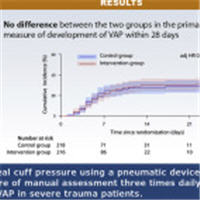
RECOVERY-RS trial finds CPAP reduces need for invasive ventilation in hospitalised COVID-19 patients
The NIHR-supported Respiratory Strategies in COVID-19; CPAP, High-flow, and Standard Care (RECOVERY-RS) trial has demonstrated that treating hospitalised COVID-19 patients who have acute respiratory failure with continuous... read more

Discordance Between Respiratory Drive and Sedation Depth in Critically Ill Patients Receiving Mechanical Ventilation
Sedation depth is not a reliable marker of respiratory drive during critical illness. Respiratory drive can be low, moderate, or high across the range of routinely targeted sedation depth. 56 patients undergoing 197 bedside... read more

Higher ICU Sepsis Case Volume Associated with Significantly Lower Hospital Mortality
In this cohort study of 273,001 patients with sepsis at 231 ICUs in the UK, a higher annual sepsis case volume in the ICU was associated with significantly lower hospital mortality, and this association had no significant... read more
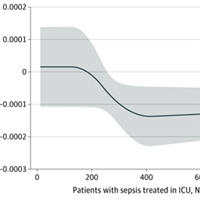
Reliability of Mechanical Ventilation During Continuous Chest Compressions
All investigated transport ventilators were able to provide alveolar ventilation even though chest compressions considerably decreased tidal volumes. Our results support the concept of using ventilators to avoid excessive... read more
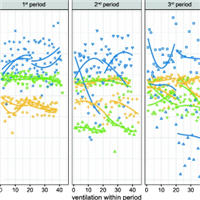
Artificial Intelligence Hold Promise in the ICU
In a 2018 article entitled “Human Cognitive Limitations”, the University of Utah's Alan Morris estimated the number of variables an intensivist has to take into account for a patient on mechanical ventilation. He... read more

Sedation Practices and Characteristics of Ventilated Patients
Patients on mechanical ventilator experience anxiety and physiological stress. Sedating them can help those patients to cope up with ET tube, to bear all the interventions, for accessing adequate oxygenation and above... read more
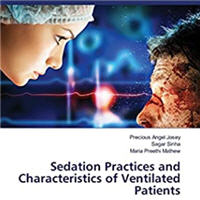
Inhaled Sedation in the ICU: A New Option and Its Technical Prerequisites
Andreas Meiser summarizes the current literature on inhalation sedation of critically ill patients. To meet clinical demands, he describes the development of new devices to administer volatile anesthetics together with common... read more
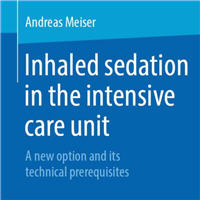
Diaphragm Ultrasonography in ICU: Why, How, and When To Use It?
An overview of the principles and current applications of diaphragm ultrasound and innovative ultrasound-based techniques. In the ICU, ultrasound is starting to be acknowledged as a useful tool for studying the diaphragm.... read more

Managing Rising COVID-19 Cases in ICU
I have been working in intensive care for over 20 years, including a decade as a consultant, and facing winter pressures has always been the norm. However, the past 18 months have been something else. During the winter... read more



